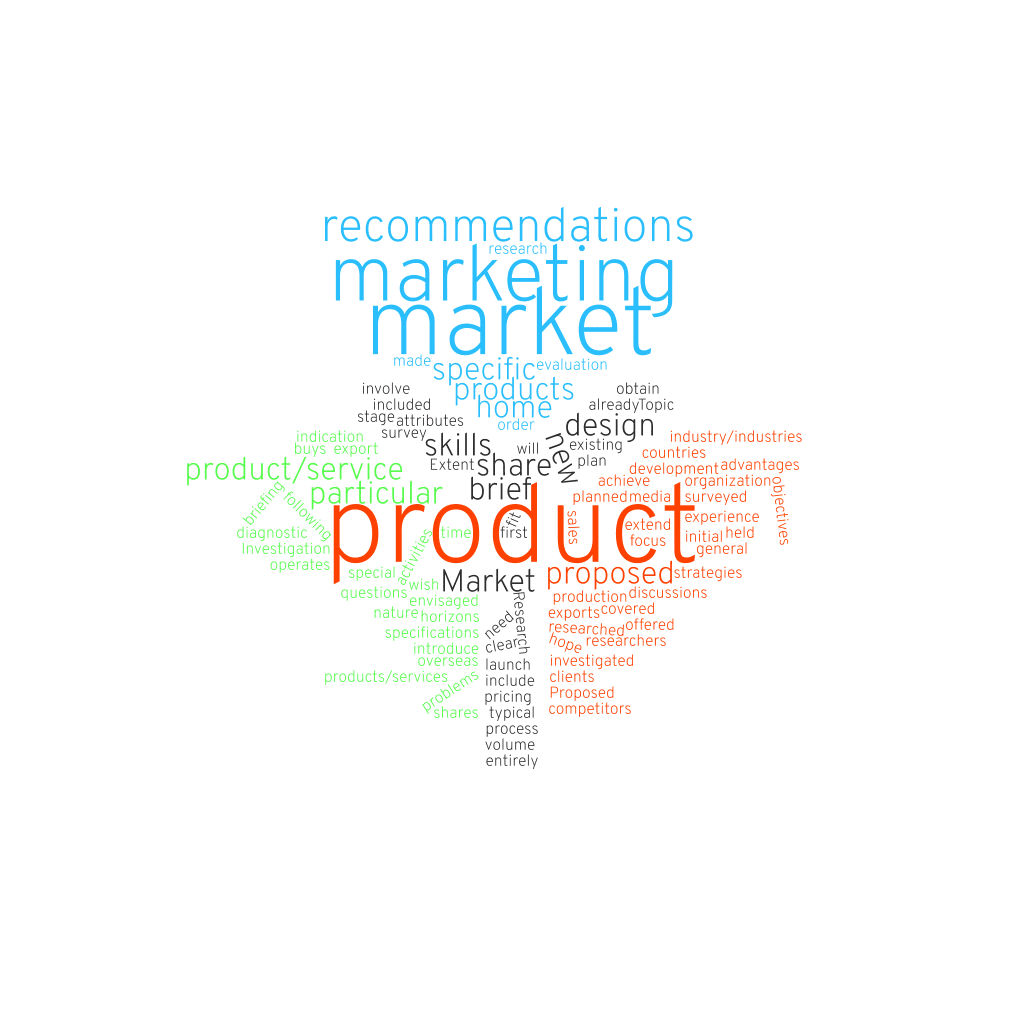What is the procedure of Marketing Research?
Various stages are common to research activities. A systematic approach and attention to detail will ensure that the resultant data will be of high quality and that the final report gives a real insight into market behavior. These five stages of the marketing research program are as follows:
- Research brief
- Research proposal
- Data collection
- Data analysis and evaluation
- Preparation and presentation of the marketing research report.
Step 1: Research Brief
This is a diagnostic stage. It will involve initial discussions between clients and researchers. This is done to obtain a clear indication of marketing problems. The following are the typical questions that need to be covered during the briefing process.
- The nature of products made by the company, what industry/industries the company operates in, and what are the products/services offered by the company?
- Who buys these products?
- What market share or shares are held by the company and its competitors?
- What particular skills or other advantages does the company have?
- What are the general marketing objectives and strategies of the company?
Proposed Topic of Market Investigation
- What is the specific product/service on which the research should focus?
- Is this an entirely new product/service (a) to the company? (b) to the market?
- Why does the company wish to market this product?
- What are the volume sales and market share for this product, does the company hope to achieve?
- What specific product attributes are planned?
- How does this proposed product fit in with the existing production and marketing skills?
- What time horizons for product launch and marketing development are envisaged?
The Extent of Market Research activities
- Is the market to be investigated (a) home? (b) export? (c) both?
- If exports are to be surveyed, are there particular countries in which the company has a special experience?
- What is the overseas marketing organization of the company?
- Does the company plan to introduce the new product in the home market first?
- Does the brief extend to media evaluation and recommendations?
- Does the brief include design recommendations for the proposed product, or have the design specifications been researched already?
- Are pricing recommendations to be included in the survey?
 This first stage of the marketing research process is critical as it will decide the nature and direction of the entire marketing research activities. This involves defining precisely the marketing problem, which is to be the focus of the survey. Properly defining the problem will give researchers the opportunity of gaining valuable insight into an organization and its market problems. Both management and researchers should work closely together in this crucial task fo developing such objectives.
This first stage of the marketing research process is critical as it will decide the nature and direction of the entire marketing research activities. This involves defining precisely the marketing problem, which is to be the focus of the survey. Properly defining the problem will give researchers the opportunity of gaining valuable insight into an organization and its market problems. Both management and researchers should work closely together in this crucial task fo developing such objectives.
The briefing given to the researchers is thorough. An unbiased account of the firm and its problems are given by the management. The resultant research objectives may be irrelevant and even counter-productive. If the research is to be undertaken by outside specialists, it is crucial that they be familiarized about the organization and its products or services.
The researcher should indicate the limitations of the specific survey methodologies; both parties should agree on the degree of accuracy required, the date by which the report will be submitted, and the appropriate costs involved.
Step 2: Research Proposal
The information collected in Stage one will be studied by the researchers who will then submit a detailed research to the client for approval. This should be evaluated for its overall logic and understanding of the problem(s) in question. The proposal is likely to contain the following items, which should be carefully checked by the client.
Clear statement of nature of marketing problem(s) to be investigated, principal contributor factors and constraints related to this problem as shown below:
- Precise definition of product/service which is to be investigated
- Precise definition of survey population to be sampled
- Major areas of measurement, e.g. consumption, beliefs about products, expectations, attitudes, motivations, classification of buyers (exisiting and prospective), process of decision making, frequency of purchase, media exposure, etc.
- Industry concentration, economic trends, technological developments, will also be important in industrial marketing research.
- Methodology to be adopted (types of data, method of sampling research, instruments etc.)
- Degree of accuracy of survey findings
- Costs and time involved in the survey
- Conditions applyin to research survey
- Experience of researchers in conducting specific kinds of research.
An effective research design is the foundation of the entire research proess and management clients should discuss with marketing researcheres the proposed methods of investigations, the nature and extent of their coverage and so on.
Eventually, this proposal should be agreed in detail before authorization is given to proceed with the fieldwork. Like all experts, marketing researchers have highly developed skills. The management should utilize these skills and take full advantage; this means being prepared to spend time with the researchers before the investigations are put in hand and acquiring a firm grasp of the work that is going to be undertaken.
Step 3: Data Collection
Data for marketing research can be obtained by several methods; the research proposal will have submitted a general outline of the methodology. No research method is without bias, it is the task of professional researchers to eliminate, as far as possible, the intrusiveness of the bias in surveys. Two main types of data are classified as (a) primary data, and (b) secondary data.
Primary data relate to information collected for the first tim, unique to that particular investigation, can be collected by either oner or a blend of: (a) observation; (b) experimentation; or (c) questionnaires. While the basic method of questionnaires is generally popular for collecting primary data, the other two methods may be used, but their applications are limited mistly to fast-moving, consumer product markets.
Secondary data refer to existing information that is useful for a specific survey. This type of data may be available (a) internally; (b) externally. Secondary data research, also known as desk research should always be undertaken before doing a field survey. It is economical, comparatively speedy and can be undertaken with complete confidentiality. In some cases, desk research may result in adequate knowledge for paticular decisions.
Companies should check their internal routine records carefully to see whether marketing information could be gleaned at a low cost. With a little ingenuity, significant marketing data may be extracted, for example, from accounting records. Even today many companies fail to utilize the information about customers and their patterns of buying which may be available from records of transactions, for example, from invoices.
External secondary data are available from diverse sources including: government reports, official statistics, and trade associations among others. You can consult the central statistical office for relevant sources of official data. The acquisition of secondary data depends on the following four factors – availability, relevance, accuracty, and cost. Each factor should be carefully assessed in order to ensure that relevant value and cost effective information is obtained in specific enquiries.
Step 4: Data analysis and Evaluation
The tasks of data processing and evaluation can be made after study of the whole finding. The analysis can be made by dividing the study in related segments. The concluseion can be made as per the original plan of the study. One should be familiar with the methodology, the measurement and also the analysis process. It must be remembered that the data analysed relates to a single point of time in the past.
Step 5: Preparation and Presentation of Marketing Research
The various responsibilities of this final stage of the research process is the report writing of the whole process undertaken by the researcher has to be communicated to the management.
This reporting has to be done in a clear manner so that the cances of any misunderstanding can be minimized. The report can be oral and in writing. In general, the report must be in writing. The report must be objective, must be concrete, organized and coherent. Such a report can be ensured by formulating a research outline prior to writing the report.

Be the first to comment on "Steps of Marketing Research"